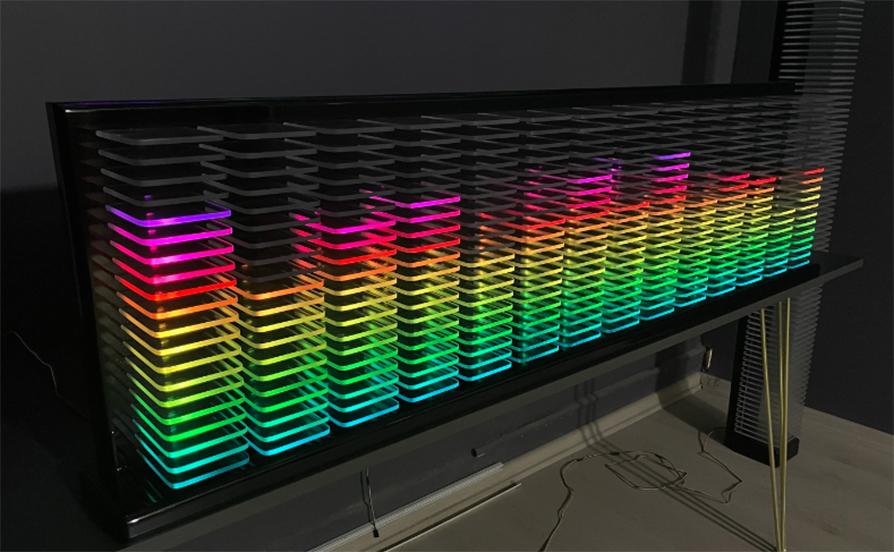Stem Separation

Music production in the digital age has seen remarkable transformations with the advent of new technologies. Among these, the power of Artificial Intelligence (AI) has opened avenues that were once deemed challenging or impossible. Stem separation, or the ability to isolate individual elements of a full mix, stands out as one of the more notable innovations powered by AI. Amped Studio, an online digital audio workstation (DAW), has incorporated AI capabilities to revolutionize the process of stem separation. In this article, we will delve into the nuances of stem separation using AI in Amped Studio.
Understanding Stem Separation
Stem separation refers to the process of isolating individual components or ‘stems’ of a musical piece. This could mean separating vocals from instrumentals, or distinguishing between various instruments in a mix. Traditional methods involved intricate equalization and phase cancellation techniques, but they seldom produced pristine results. AI has reshaped this arena, making the process more efficient and precise.
Amped Studio & AI Integration for Stem Separation
Amped Studio has continually evolved its platform to incorporate advanced tools, ensuring that users remain at the cutting edge of music production. While Amped Studio’s mainstay has been its cloud-based DAW capabilities, it acknowledges the potential of AI in music processing and has made efforts to integrate AI-powered tools, including stem separation utilities.
The Process of AI-Powered Stem Separation in Amped Studio
- Import the Track: Start by uploading the desired track into the Amped Studio interface. Ensure it’s in a compatible format and of good quality for best results;
- Engage the AI-Powered Tool: Once the track is imported, locate and activate the AI stem separation feature. Depending on the version or updates, this may be labeled differently, so always refer to the latest documentation or user guides;
- Select Separation Parameters: Typically, you’ll have options to segregate vocals, drums, bass, and other instruments. Choose the stems you wish to separate;
- Run the Separation: The AI tool will analyze the track, leveraging deep learning algorithms to identify and isolate the desired stems. This process may take a few minutes, depending on the complexity of the track;
- Review & Export: Once separated, listen to the individual stems. Check for artifacts or issues. If satisfied, you can export these stems separately for further processing or use.
Advantages of AI-Driven Stem Separation
Precision: AI algorithms can identify minute differences in sound waves, resulting in a more accurate separation than manual methods.
Time-Efficiency: Instead of hours spent tweaking equalizers and other tools, AI delivers results in minutes.
Flexibility: With separated stems, producers can remix tracks, create karaoke versions, or sample specific instruments without the clutter of other sounds.
Limitations & Considerations in Stem Separation
While AI has streamlined stem separation, it’s not without challenges. There might be occasional artifacts or ‘bleed’ from one stem to another, especially in older or low-quality tracks. The results, though superior to traditional methods, may still require fine-tuning.
The Future of Stem Separation with AI
The integration of AI in platforms like Amped Studio is just the beginning. As AI models continue to learn and improve, the accuracy and efficiency of stem separation will only get better. We can anticipate more DAWs integrating similar tools, pushing the boundaries of what’s possible in music production.
Amped Studio’s embrace of AI for stem separation exemplifies the potential of merging technology with music. As the realms of AI and music production continue to intertwine, artists and producers can look forward to an era where creativity meets unprecedented flexibility, paving the way for novel musical explorations.










